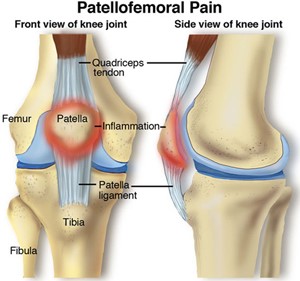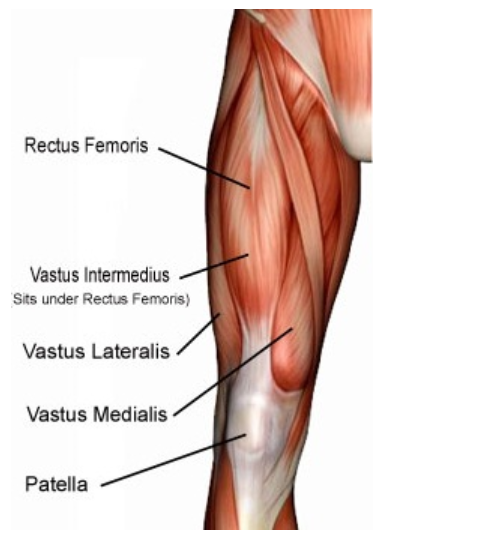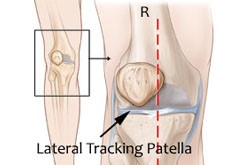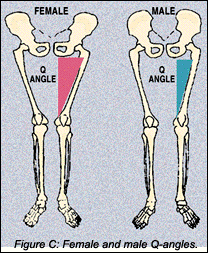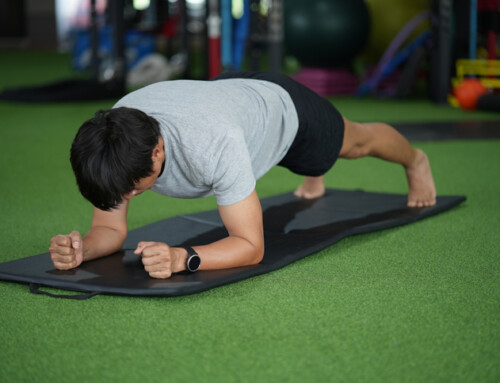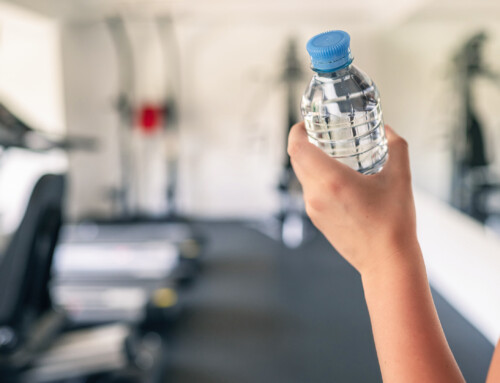Patellofemoral Pain in Young Female Athletes
By Cassie Gulli, SPT
Patellofemoral pain syndrome is one of the most commonly reported forms of knee pain, making up nearly 40% of sports related knee injuries. Active females are up to three times more likely to suffer from patellofemoral pain syndrome, compared to their male counterparts. But, first, what is patellofemoral pain syndrome?
Patellofemoral pain syndrome is an overuse syndrome typically characterized with poor patellar (knee cap) movement/alignment with the femur, resulting in pain and tenderness surrounding the patella. Sitting for extended periods of time, squatting, running, stair climbing, and other activities involving repetitive knee motion tend to increase pain levels. There are many factors that could contribute to this condition including but not limited to; muscle imbalances and weakness, pes planus or flat feet, and a large Q angle.
The patella normally rests in the patellofemoral groove located on the femur. The muscles of the thigh, including the rectus femoris, vastus intermedius (located underneath the rectus femoris), vastus lateralis and vastus medialis, all form the quadriceps tendon which attaches to the patella. These muscles are responsible for pulling the patella, resulting in straightening of the knee. With VMO weakness or with weakness of the quadriceps compared to the hamstrings, when the quadriceps muscles contract the patella is pulled more towards the outside of the thigh which is often described as “lateral patellar tracking” causing more stress and strain underneath the patella.
Why is it more common in females? Young female athletes tend to have less thigh musculature compared to young male athletes. The release of testosterone during puberty allows males to acquire a greater amount of muscle mass. Females are also more likely to exhibit greater hamstrings to quadriceps muscle flexibility, meaning that the quadriceps muscles may be limited in their ability to pull the knee fully straight on their own. Therefore, additional muscles within the thigh are recruited to help perform the desired movement . Quadriceps muscle weakness, specifically the vastus medialis oblique (VMO), is often seen in many individuals with patellofemoral pain syndrome.
As a result of pes planus, the femur rotates internally, more than it should, which distributes an individual’s body weight and external forces more directly to the knee joint and patella, specifically, as opposed to the quadriceps. Studies have shown that the prevalence of pes planus tends to be higher in females than males. Athletes who may be specifically at risk for pes planus are gymnasts due to the fact that the high impact sport requires athletes to be barefoot, which does not provide structural support to the arches of the foot.
The Q angle is measured from the hip bone, commonly referred to as the ASIS down to the midpoint of the patella. The measurement represents the directional pull that the quadriceps have on the patella. Young females tend to experience puberty earlier than young males, and it is during that transition phase that a female’s pelvis begins to widen, which may affect normal walking patterns. A woman’s pelvis is typically up to 4.6° larger than that of a male. This widening causes a greater lateral directional pull of the patella may occur every time the quadriceps muscles contract.
How can a physical therapist help? Although physical therapists cannot change the shape of an individual’s bones, they can help create a treatment or injury prevention program for patellofemoral pain syndrome.
- Pain relief: Physical therapists can help identify which movement patterns are causing pain in order for an individual to prevent those motions.
- Improve range of motion: Physical therapists can help improve flexibility, mobility and ensure efficient movement of joints for specific activities .
- Muscle strengthening: A physical therapist will target specific muscles that are weak around the knee, hip and ankle joints to promote stability and muscle control throughout the entire lower extremity.
- Provide education on proper body mechanics: Physical therapists can teach you how to properly perform an activity, such as a squat, to prevent further/future injuries and verify that your performance is at its best.
CapitalAreaPT.com
Malta, NY
518-289-5242

